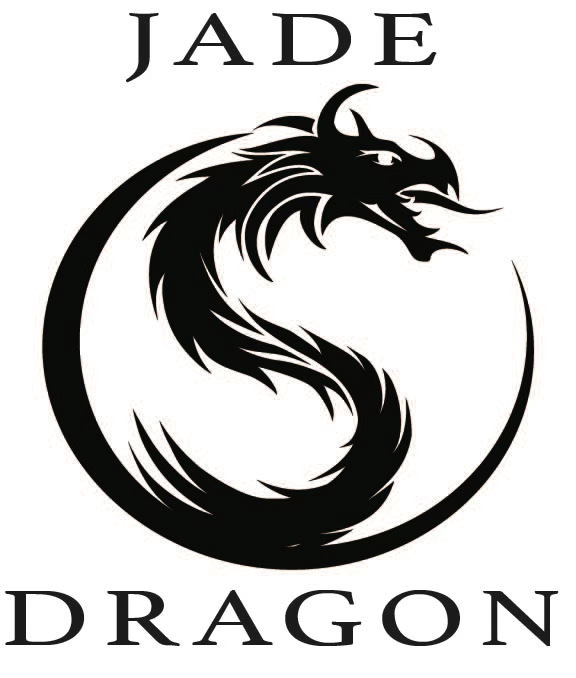A Neurophysiological Perspective on Qigong: EEG Patterns across Methods and Training Duration
Qigong, a centuries-old Chinese meditative practice integrating movement, breath, and intention, is increasingly studied in neurophysiological contexts to understand its influence on the central nervous system. Among the tools used for such investigations, electroencephalography (EEG) has proven invaluable in identifying changes in brain wave patterns during meditation and mind-body practices. The paper by Kawano et al. (1997), presented at the Fourth Symposium on Life Information Science, explores EEG differences across Qigong methods—internal (Zhan-zhung-gong and Zhen-qi-yun-xing-fa) and external (Kongjin-gong)—as well as differences related to the length of Qigong training.
This pioneering cross-national study between Japanese and Chinese researchers provides empirical insight into how distinct forms of Qigong, and varying levels of experience, modulate alpha (α), theta (θ), and beta (β) brainwave activity across different scalp regions.
Study Design and Methods
The study involved three experimental protocols:
Experiment 1: Internal Qigong (Zhan-zhung-gong) by Masters
Two Chinese Qigong masters (ages 33 and 43) practiced a standing meditation Qigong for 20 minutes. EEG was recorded from 12 channels, focusing on alpha wave amplitude distribution across the scalp.Experiment 2: External Qigong (Kongjin-gong)
Two Qigong masters (each aged 64) with over a decade of practice engaged in external Qigong while two older patients (aged 69 and 71) received Qi. EEG was recorded simultaneously from both masters and receivers at six electrode sites.Experiment 3: Internal Qigong by Trainees (Zhen-qi-yun-xing-fa)
Four trainees (one female, three males; mean age ~68) practiced seated Qigong for 30 minutes. Their training periods ranged from 17 months to 3 years.
Each EEG session included a resting pre- and post-measurement with eyes closed, and analysis was performed using FFT to evaluate effective amplitude in alpha (8.057–13.06 Hz), theta (4.028–8.057 Hz), and beta (13.06–30.03 Hz) ranges.
Key Findings and Interpretation
Alpha Wave Amplitude – Occipital Region
The occipital alpha waves (measured at O₁ and O₂) showed distinct trends:In external Qigong, alpha amplitude increased in receivers but decreased in the masters. This suggests an active, possibly effortful process in the transmitter, while the recipient enters a more relaxed, parasympathetic-dominant state.
In trainees practicing quiet internal Qigong, occipital alpha increased over time, reflecting deepening relaxation or a shift in attention away from visual sensory input.
These results align with existing literature that identifies increased occipital alpha as a marker of internalized attention and mental calmness during meditative states.
Frontal-Occipital Alpha Ratio (Fp₂/O₂)
One of the paper’s most innovative contributions is the examination of alpha amplitude distribution between the frontal (Fp₂) and occipital (O₂) regions.In Qigong masters practicing Zhan-zhung-gong, the frontal alpha amplitude exceeded occipital alpha(ratio > 1). This inversion suggests enhanced prefrontal regulation or focused intentionality, which could reflect the mental discipline involved in experienced Qigong practice.
In trainees, this ratio tended to increase with training duration, suggesting a neuroplastic shift toward enhanced frontal regulation with sustained Qigong practice. Interestingly, the female trainee showed a different trend, raising questions about possible sex-based differences or individual variability.
This finding supports the hypothesis that frontal alpha may index meditative depth or concentration—an idea echoed in neurofeedback literature.
Alpha Wave Frequency
Frequency changes provided additional insight:During external Qigong, alpha frequency increased, which may reflect alertness or dynamic neural engagement in the masters.
During internal Qigong, particularly in the Zhen-qi-yun-xing-fa group, alpha frequency decreased, consistent with states of internal absorption and reduced cognitive activity.
This dichotomy reflects the contrasting nature of the two Qigong forms: externally projected and energetically active versus internally cultivating and receptive.
Theta Waves (Frontal Midline)
Notably, some individuals who showed significant alpha slowing during internal Qigong also exhibited theta wave emergence around Fz (the frontal midline). This location corresponds with the anterior cingulate cortex, an area implicated in focused attention and error monitoring.Increased frontal-midline theta is a well-documented phenomenon in advanced meditation, often associated with heightened awareness and emotional regulation. This finding lends credibility to the notion that Qigong may train not just relaxation, but deeper executive control.
Beta Waves
Beta activity increased across most Qigong practices, but the change was not significantly differentiated by method or training length. Since beta waves are often associated with focused attention and sensorimotor processing, the elevation may reflect the general engagement of the central nervous system during practice.
Implications for Qigong Training and Clinical Application
This study offers several practical and theoretical implications:
Personalization of Qigong: Understanding EEG responses to different Qigong forms can help tailor practices for individual needs. For example, those seeking deep relaxation might benefit from internal styles like Zhen-qi-yun-xing-fa, whereas practitioners aiming for energetic projection or performance enhancement might turn to external Qigong.
Neuroplasticity through Training: The trend of increasing frontal alpha dominance with longer training duration suggests that Qigong induces functional changes in brain organization. This reinforces the idea of Qigong as mental training, not just physical or energetic.
Therapeutic Use: The differential effects on senders and receivers during external Qigong hint at a possible neurophysiological mechanism for therapeutic outcomes. The receiver's increase in occipital alpha could serve as a biomarker of treatment efficacy or receptivity.
Bridging Eastern Practice and Western Neuroscience: This work elegantly demonstrates how traditional Qigong can be evaluated using rigorous neuroscientific tools, helping to demystify the practice while preserving its integrity.
Conclusion
Kawano et al.'s (1997) investigation offers a fascinating neurophysiological window into the world of Qigong. The EEG patterns observed reflect not only the functional distinctions between internal and external methods but also suggest an evolving cortical signature that parallels one’s depth of training. With increased alpha power in the occipital regions during passive reception or early training, and greater frontal alpha dominance in experienced practitioners, the data suggest a progression from receptive, relaxed states toward more focused, frontal integrative functioning as skill deepens.
In an era where integrative health practices are gaining scientific validation, this study stands as a valuable early contribution that bridges traditional energy medicine and contemporary neuroscience.
APA Citation:
Kawano, K., Yamamoto, M., Kokubo, H., Sakaida, H., Hirata, T., Huang, J., & Chai, J. (1997). Difference of EEG in methods of Qigong practice and in length of the training period. Journal of the International Society of Life Information Science, 15(2), 364–370
Discover your inner vitality with Red Dragon Qigong, a transformative course designed to harmonize body, vital energy, and mind. Rooted in the ancient wisdom of Traditional Chinese Medicine and Daoist philosophy, and enhanced with modern scientific insights, this course guides you through powerful Qigong practices that boost energy, reduce stress, and improve overall health. Whether you're a beginner or experienced practitioner, you'll learn techniques that cultivate balance and resilience, empowering you to thrive in daily life.
Join thousands of students on this journey of self-discovery and transformation. Enroll now and experience the power of Red Dragon Qigong!
👉 Visit CLICK HERE to get 50% off and start your practice today!



